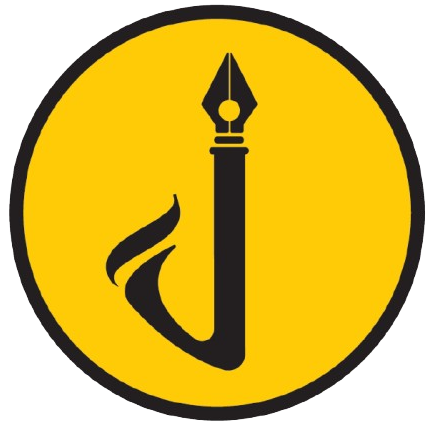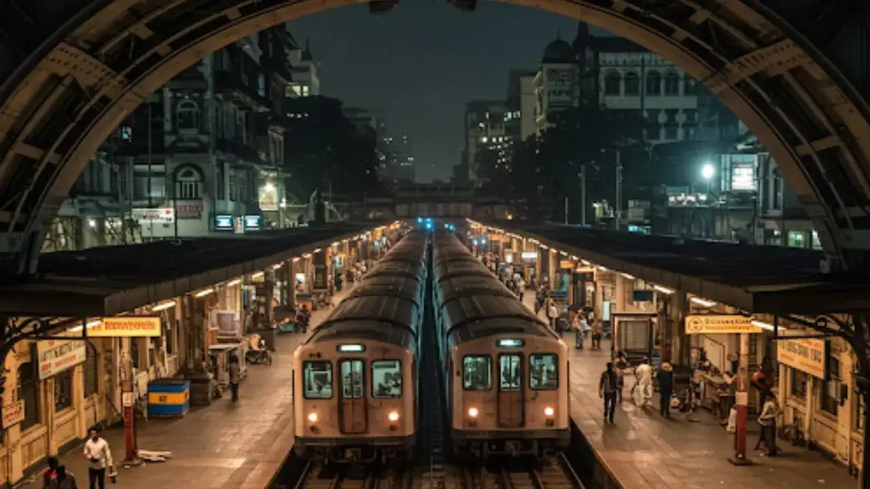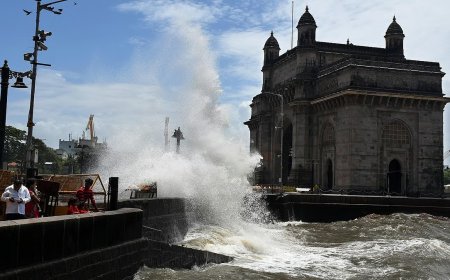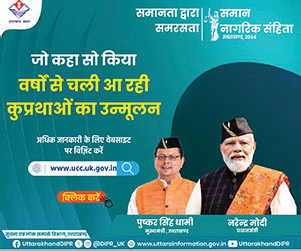Mumbai: In a significant move towards transforming Mumbai’s suburban rail infrastructure, Central Railway (CR) has proposed the construction of the city’s first underground railway line between Parel/Currey Road and Chhatrapati Shivaji Maharaj Terminus (CSMT). The 7.4-kilometre underground stretch is part of Phase 2 of the long-pending fifth and sixth line project between Kurla and CSMT.
According to a report by Hindustan Times, this strategic shift to underground construction aims to overcome long-standing obstacles such as land acquisition delays, displacement of residents, and urban space constraints, which have plagued the project for over a decade.
Central Railway’s proposed underground corridor will be developed at an estimated cost of ₹3,000 crore, with the final decision resting on the outcome of technical and financial feasibility studies currently underway. Preliminary discussions have already begun between Central Railway and the Mumbai Rail Vikas Corporation (MRVC).
A senior CR official stated, “We will have to assess the availability of land for tunnel boring machines to enter and exit at CSMT and Parel. Once underground, we can explore alternative alignments to end the tunnel near the CSMT terminus.”
The Phase 1 of the fifth and sixth line project, covering a 10.1-km stretch from Kurla to Parel, is currently in progress. However, the more complex and critical Phase 2, from Parel to CSMT, will now likely be executed underground.
The shift in approach comes in the wake of the Comptroller and Auditor General’s (CAG) recent censure of Indian Railways for its 17-year delay in completing the crucial corridor. The project, first proposed in 2008, has seen repeated setbacks, prompting authorities to divide it into two distinct phases to expedite implementation.
Urban mobility experts say the proposed underground section could mirror the progress of Mumbai Metro lines, offering faster, more efficient suburban transit and significantly reducing congestion on the city’s saturated railway lines.
If approved, the underground corridor would be a pioneering development in Mumbai’s rail network, bringing the city one step closer to modern, space-efficient transport solutions that cater to its ever-growing population and infrastructure challenges.




 Previous
Article
Previous
Article












